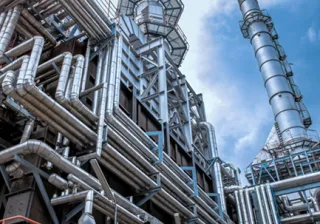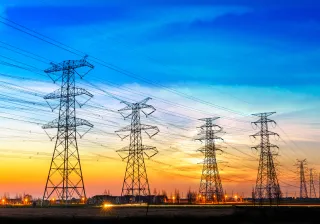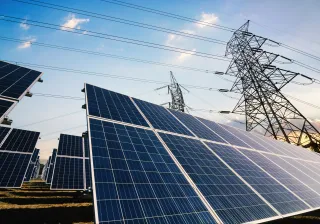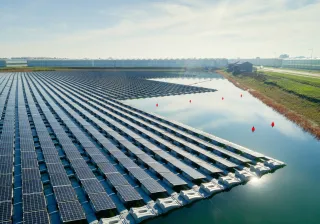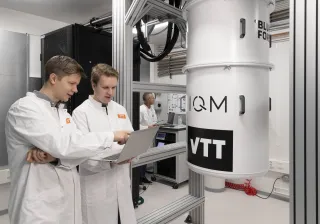The energy system is changing at an accelerating pace. By the 2040s, we are expecting to see a combination of familiar technologies and completely new solutions. Future energy systems must be able to meet the growing energy needs of society in a way that is carbon neutral, flexible and resilient. However, there are in the change significant challenges that we must tackle together through technology, policy and social innovation.
Although energy systems are evolving, certain basic components remain. For example, nuclear power and hydropower, whose development cycles have been long and infrastructure established, will continue to play a key role as part of our energy system. The future energy use sectors, such as transport, industry and housing, will also be largely the same as today, but how they consume energy will be increasingly steered by carbon neutrality targets.
A new digital layer will be placed on top of these familiar elements, which will significantly change energy systems. With digital solutions, we can optimise energy supply and demand in real time, reduce energy losses and increase the flexibility of systems in the face of climate change and geopolitical threats.
Bottlenecks along the way
The change in the energy sector is not straightforward. VTT has identified the five biggest challenges that should be solved for the transition to succeed. There is no single solution to any of them.
One of the biggest issues to be resolved is the vulnerability of the energy system in the face of global transitions. The links in the energy chain are interdependent, and extreme weather phenomena or international crises can destabilise the entire chain in no time. Small modular nuclear reactors and decentralised energy networks may provide solutions that increase local resilience and help prepare for crises.
Another major challenge is the conflicts between sustainability objectives. For example, reducing fossil fuel use with bioenergy can help with climate change, but bioenergy plantations may in some cases weaken biodiversity. We must balance between different objectives. This is particularly difficult because climate targets are immensely important, but we cannot compromise on protecting biodiversity either.
What´s new?
What can we say about the energy solutions of the 2040s today? There is no doubt that new innovations with high potential will emerge alongside familiar technologies. For example,
the following solutions can revolutionise the entire sector:
- Negative emissions and carbon storage: In the future, we cannot content ourselves with reducing emissions alone – we must also remove carbon dioxide from air and seas. At VTT, we are developing technologies that can be used to permanently bind carbon to, for example, cement or geological formations. In this case, buildings and infrastructure can act as technological carbon sinks.
- Hydrogen economy: The hydrogen economy has a huge potential to exploit existing infrastructures. The possibility of linking hydrogen to existing systems will significantly reduce the risks associated with the energy transition.
- Power-to-X (PtX) and hard-to-electrify industries: Not all sectors can switch directly to using electricity – air and maritime transport in particular need alternative solutions. PtX technologies, such as the production and use of ammonia and methanol, are in the pilot phase, potentially offering a solution for replacing fossil fuels.
- Industrial metaverse: The industrial metaverse enables a completely novel way of remotely managing infrastructure. It allows power plants, ships and large production facilities to be operated without anyone having to be physically present. At the same time, it will also decrease dependence on local labour.
- Quantum computing and materials science: The potential of quantum computing in the energy sector is enormous: quantum computing will help us solve problems that have so far seemed insurmountable. It will enable us to develop materials that can withstand increasingly harsher conditions and improve energy efficiency. Quantum computing will make existing encryption systems useless. Therefore, completely new methods will need to be developed for cyber security as well.
Cooperation and innovation for a more sustainable energy system
The realisation of the energy transition requires not only technological but also social innovations and close cooperation between the public, private and academic sectors. We cannot make changes in a spot-like manner. The introduction of innovations requires a comprehensive understanding of how the energy system works. Operators must understand regulation and anticipate changes in it, know the infrastructure and its weaknesses, and recognise the end user needs.
As we approach the 2040s, our energy future will be determined by a combination of something familiar and something completely new. With resilience, sustainability and technological integration, we can build an energy system that not only meets the requirements of a changing world, but also supports it in a sustainable manner.
Read more:
- VTT's white paper "Overcoming bottlenecks in green energy transition"


